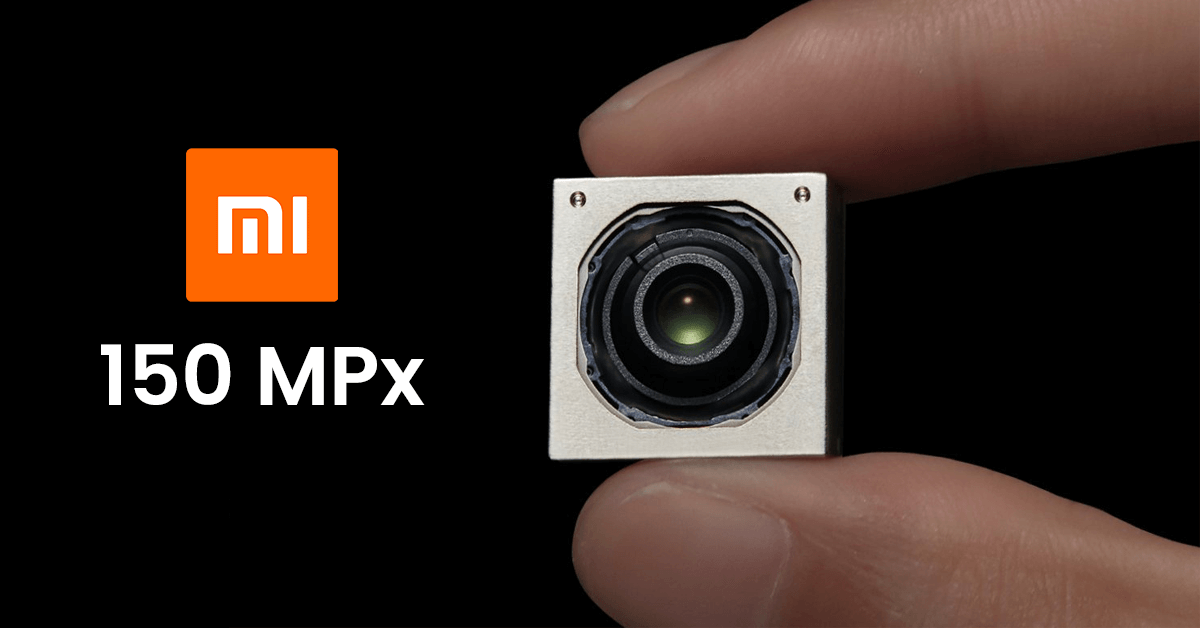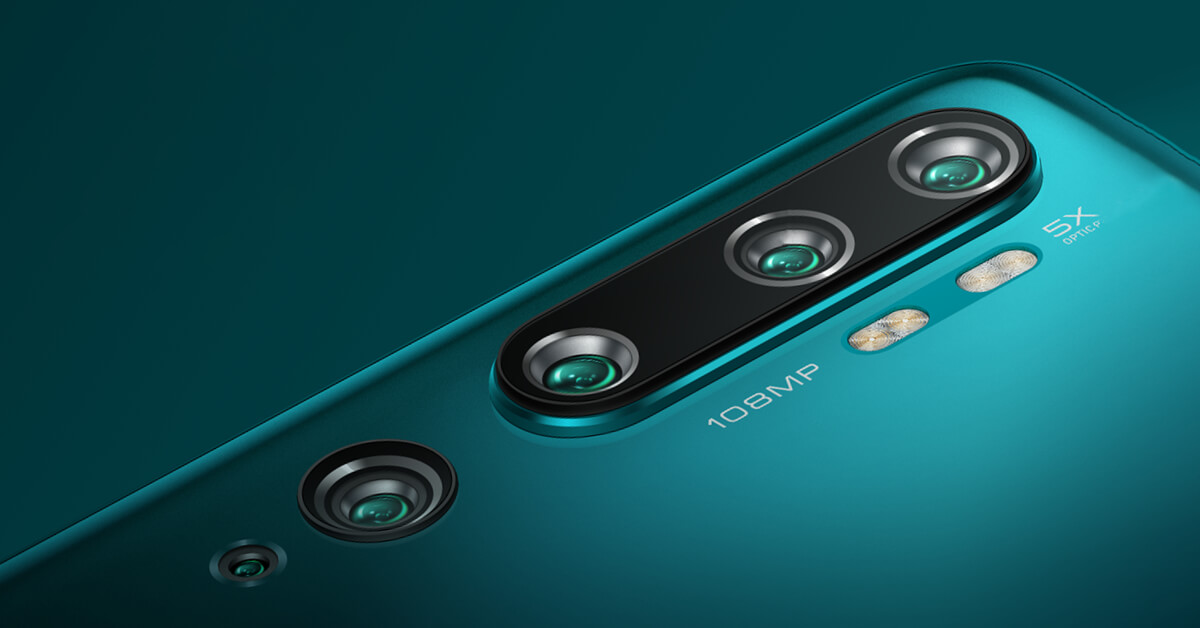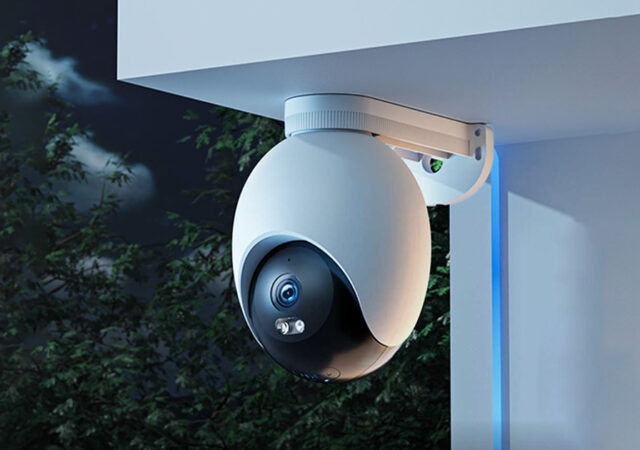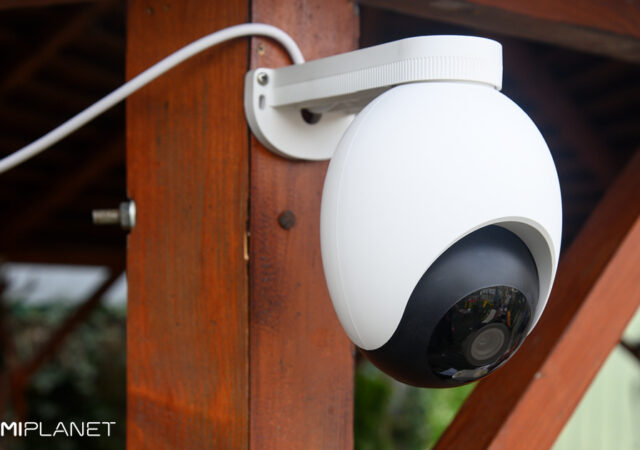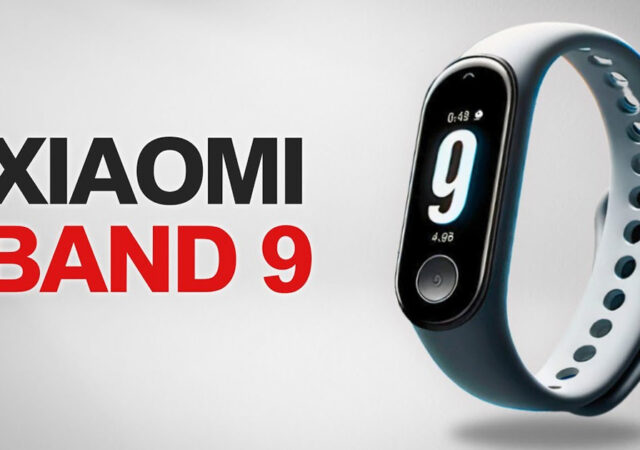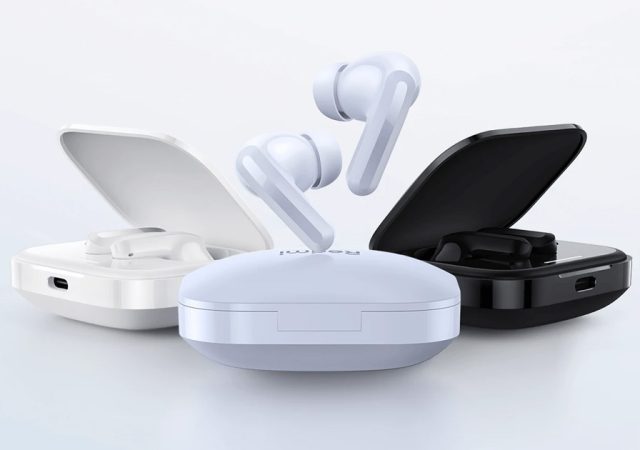Photographic features are extremely important when launching new, not just flagship smartphones. The Chinese Xiaomi is also aware of this, who recently introduced us a model Xiaomi Mi Note 10.
Its equipment included the main, up to 108 MPx photo sensor, which was created in collaboration with Samsung.
Cooperation with Samsung continues
However, the brave Chinese manufacturer goes even further and plans to continue working with Samsung.
At the end of 2020, specifically during the fourth quarter, we should also see a new facility that will contain up to 150 MPx sensor.
However, according to the available information, the competing Samsung, which is to develop up to 250 MPx sensor.
Xiaomi will bring up to 150 MPx
Joint development of a photographic sensor in cooperation with companies Xiaomi a Samsung has proven itself with the 108 MPx camera, and this collaboration should continue as well, with the development of the 150 MPx sensor.
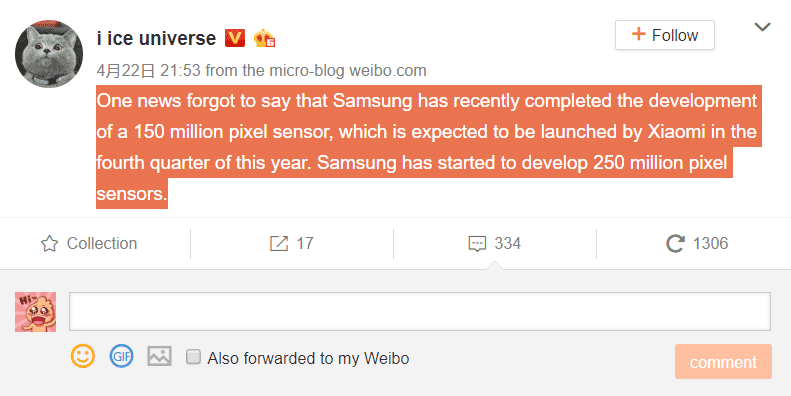
The development of this camera is still in its infancy, so we don't know much about the available information. However, we know that the size of the sensor will fluctuate at a level one inch and the sensor will use Nonacell technology, thanks to which it can combine nine pixels to one.
The advantage of the mentioned technology is simple higher light transmission, which means even better shots in low light conditions.

However, Xiaomi is not the only manufacturer that plans to install a 150 MPx sensor in its smartphone.
There are also a number of manufacturers who would like to bring a 150 MPx sensor Oppo whether Living, however, these smartphones should not arrive until the first quarter of 2021. Their equipment should already include the new Qualcomm Snapdragon 875 processor.
Competitive Samsung is developing 250 MPx
New information coming through the Weibo social network indicates that Samsung, South Korea, has in development up to 250 MPx photo sensor.
Some sources even claim that the giant is planning up to a 600 MPx sensor that will even beat the human eye with its performance.
However, sensors of such qualities should not only be used in smartphones, but also in autonomous vehicles, the Internet of Things or in the so-called "Drones".


